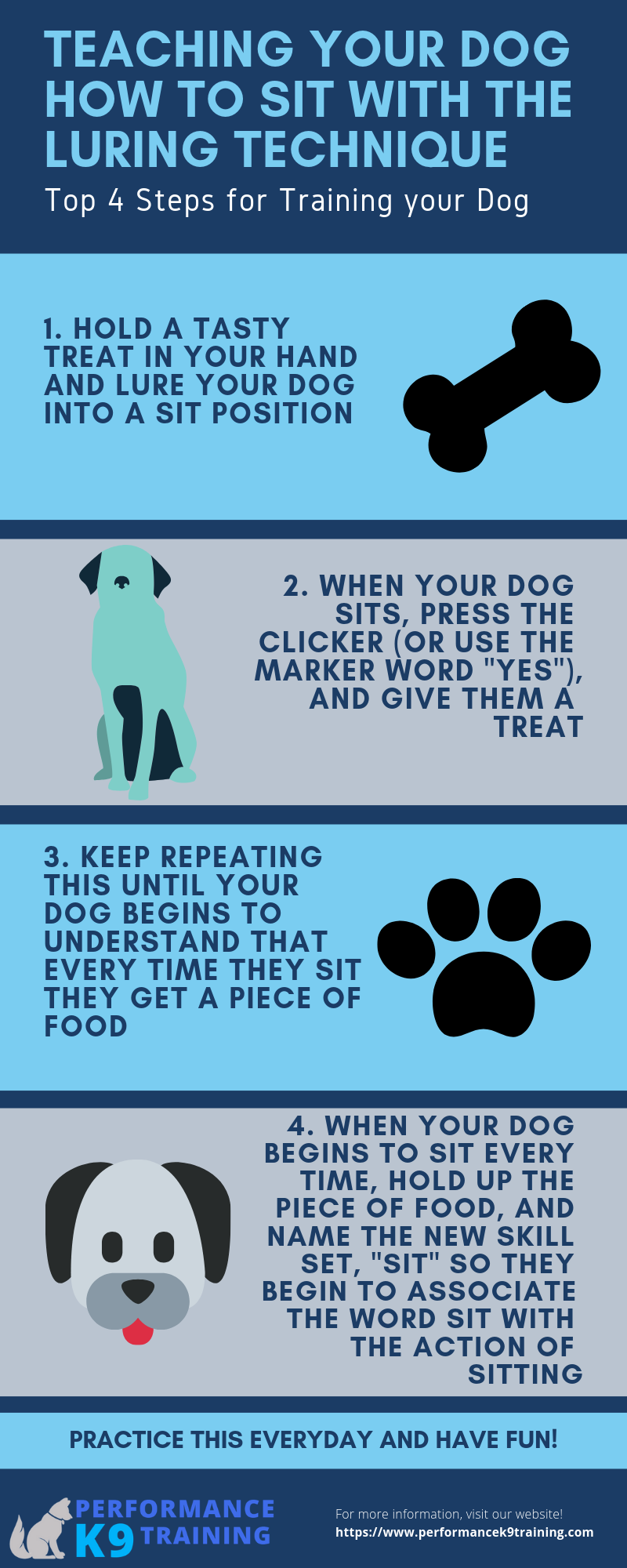How Do You Teach a Dog to Sit: Quick & Easy Steps

Teach a dog to sit is a fundamental skill. It forms the basis for good behavior and communication between you and your pet.
In this blog post, we will explore effective methods to help your dog learn this essential command. Whether you have a puppy or an older dog, the process can be simple and fun. Using positive reinforcement, patience, and consistency will make all the difference.
You’ll discover tips and tricks that make training enjoyable for both you and your furry friend. By the end of this guide, you will feel more confident in teaching your dog to sit, strengthening your bond and ensuring better behavior at home and in public. Let’s dive in and start training!
Introduction To Dog Training
Teaching your dog to sit is very important. It helps your dog learn basic commands. These commands make training easier and safer.
- It helps your dog focus on you.
- It can stop unwanted jumping on people.
- It makes it easier to control your dog.
- It can help your dog feel calm and relaxed.
- It is a great foundation for other commands.
Teaching ‘sit’ builds trust between you and your dog. This command is simple and effective. It creates a good start for other training lessons.

Credit: www.countrylife.co.uk
Preparation For Training
Choosing the right place is very important. Find a quiet area. This helps your dog focus. Avoid busy streets or loud parks. A calm space makes learning easier.
Gathering supplies is essential too. Use a collar and leash for safety. Have some treats ready to reward your dog. A clicker can help mark good behavior. Make sure your dog is comfortable and ready to learn.
Understanding Your Dog’s Learning Style
Every dog learns differently. Some dogs need more time. Others pick up tricks fast. Understanding your dog’s learning style is key. Watch how your dog reacts to commands.
Positive reinforcement works well. Reward your dog with treats or praise. This makes them want to learn more. Use happy tones to encourage them.
Recognizing your dog’s cues is also important. Look for signs they understand. Does their tail wag? Do they tilt their head? These actions mean they are paying attention.
Dogs communicate in many ways. They may bark, whine, or even jump. Understanding these behaviors helps in training. Always be patient and gentle.
Step-by-step Guide To Teaching ‘sit’
First, get your dog’s attention. Use a treat or toy. Hold it in front of their nose.
Then, slowly move the treat upward. Your dog will look up, causing their bottom to lower.
As soon as their bottom touches the ground, say “Sit” and give the treat. This shows them they did well.
Repeat this process several times. Patience is key. Dogs learn at their own pace.
Practice in different places. This helps your dog understand “sit” anywhere.
Troubleshooting Common Issues
Some dogs may not respond to the sit command. Try a few different methods. Use treats to encourage your dog. Hold the treat above their nose. This can help them sit naturally.
Be patient and calm. Yelling or getting frustrated won’t help. Practice in a quiet area. Remove distractions that may confuse your dog.
Keep training sessions short. Aim for about 5 to 10 minutes. End on a positive note. Reward them when they sit, even if it takes time.
Try using a different command or signal. Some dogs may respond better to a hand gesture. Always be consistent with your words and actions.
Practice Makes Perfect
Set a regular training schedule for your dog. Choose specific times each day. Short sessions work best. Aim for 5 to 10 minutes.
Practice the “sit” command during daily activities. Ask your dog to sit before meals. Use the command when playing fetch. Reward your dog with treats or praise.
Make it a fun routine. Dogs learn well through play. Keep sessions positive and cheerful. This helps your dog stay engaged and happy.
Advanced Training Tips
To teach your dog to sit with distractions, start in a calm place. Use treats to grab their attention. Gradually add noises or people around. Always reward your dog when they sit. This builds positive behavior.
Switching from lures to verbal commands is important. Once your dog sits with a treat, say “sit.” Repeat this often. Use the treat less over time. Give praise instead. This helps your dog learn to listen to your voice.

Credit: roguepetscience.com
Maintaining And Building On Training Success
To keep your dog learning, practice the ‘Sit’ command often. Use treats and praise as rewards. This helps them remember what to do.
Change up the places where you train. Try new areas like the park or backyard. This adds fun and keeps your dog focused.
Introduce new challenges. Train with distractions, like other dogs or people. This teaches your dog to listen better.
Vary the commands. Use ‘Sit’ for different situations. For example, ask them to sit before meals or going for walks.
Always be patient and positive. Training takes time and practice. Celebrate small wins along the way.
Conclusion: The Joy Of Training Your Dog
Training a dog is a great way to build a strong bond. Teaching your dog to sit helps with discipline. This simple command can make walks easier and safer.
The joy of training comes from seeing progress. Each time your dog sits on command, it shows understanding. This creates trust between you and your pet.
Continued learning keeps the relationship strong. Try new tricks or commands over time. This helps your dog stay engaged and happy.
Celebrate the small wins together. Rewards like treats or praise encourage good behavior. Enjoying training sessions can turn them into fun activities.
Through training, both owner and pet grow together. A well-trained dog is more relaxed and confident. You both will find joy in learning and playing.

Credit: be.chewy.com
Frequently Asked Questions
How Long Does It Take To Teach A Dog To Sit?
Teaching a dog to sit typically takes a few days to weeks. Consistency and patience are key. Practice in short sessions, around 5-10 minutes each. Use positive reinforcement, like treats and praise, to encourage your dog. Every dog learns at their own pace, so stay positive!
What Commands Should I Teach My Dog First?
Start with basic commands like “sit,” “stay,” and “come. ” These foundational commands help establish good behavior. Teaching these commands promotes better communication between you and your dog. Utilize positive reinforcement to motivate your dog. Mastering the basics will make learning advanced commands easier.
Can All Dogs Learn To Sit?
Yes, most dogs can learn to sit regardless of age or breed. Training depends on your dog’s temperament and motivation. Some dogs may require more time and patience, while others learn quickly. Consistency in training and positive reinforcement can significantly enhance the learning process for all dogs.
What Rewards Should I Use For Training?
Use treats, praise, or toys as rewards during training. Choose high-value treats that your dog loves for effective motivation. Praise your dog enthusiastically when they follow the command. The combination of treats and verbal praise enhances learning and strengthens your bond during training sessions.
Conclusion
How Do You Teach a Dog to Sit: Teaching your dog to sit is simple and rewarding. With patience and practice, your dog will learn quickly. Use treats and praise to encourage good behavior. Keep training sessions short and fun. Always be consistent with your commands. This builds trust and understanding between you and your dog.
Remember, every dog learns at their own pace. Celebrate small victories along the way. Enjoy the bonding moments during training. Soon, your dog will sit on command with ease. Happy training!







[…] are some benefits of teaching […]